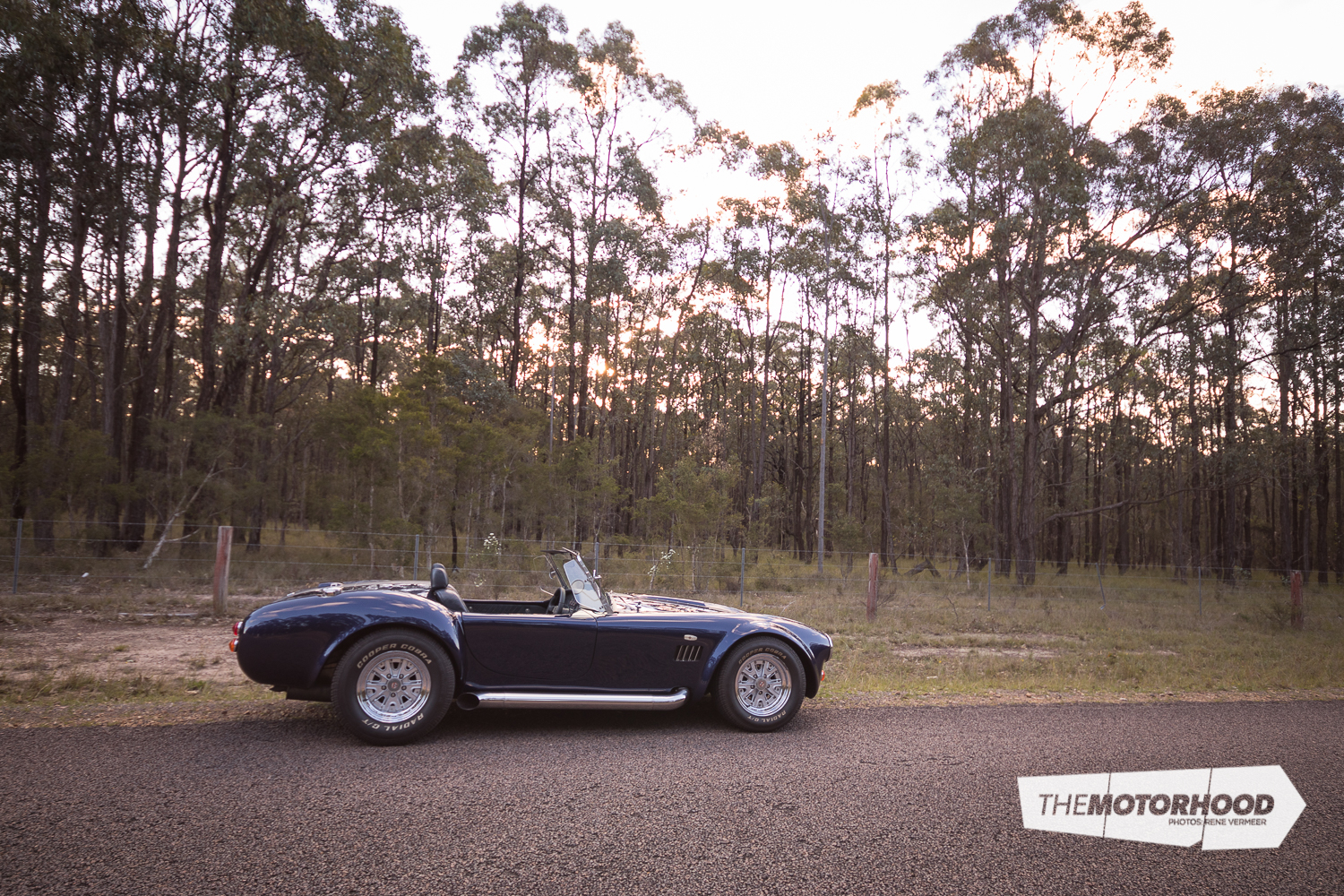“Alright, alright,” I said, agreeing to a weekend away without cars. What was I thinking? What would I do? My wife and our two friends had booked an Airbnb in the middle of nowhere, near Hunter Valley, two hours north of Sydney. There would be no roads nearby, and the house, well, that would be off the grid, so even reading online articles, or browsing forums would be out of the question. Sigh. One weekend won’t hurt me, I thought to myself.

After a day of wine tasting at Scarborough Wine Co. in Hunter Valley, I was feeling fairly relaxed — a good time to make our way to our retreat, some 40kms into the Australian countryside. Having no part in the booking of the venue, I was curious to see the pictures. After a brief look at the venue listing on my friend’s phone, I noticed the venue owner in a Mustang shirt. I wonder if he’s a car guy? That’d be funny. Or, he could just be into horses, we are in the country after all.

After making our way to the accommodation, we wound our way up the driveway to see an astonishing getaway. We parked up next to their shed, jumped out, and stretched our stiff limbs. Out walk venue owners Leslie and Phil from the extravagant shed, which I noticed before the house. At this stage, I was needing the loo, and keen to get inside our venue for a cold beverage, but before I had the chance, something caught my eye. It’s something only a car enthusiast would appreciate; a hoist, with a bare shell up in the air and a welder sitting by its side. I stepped into the shed, without asking, as if drawn to this vehicle like a moth to a flame.

As my eyes adjusted to the dim lighting (the house ran off solar energy), I found myself needing to squeeze between two vehicles with covers on to get to the hoist. No doubt something valuable, I thought. Phil and I got acquainted, and it was instantly evident that he was a Ford nut. With Ford memorabilia, Ford models, Ford panels, and, best of all, Ford vehicles lying around. His project on the hoist was a ’72 Mustang, which he was producing steel panels for, and stripping back to bare metal, undertaking a serious restoration project. What was lurking under the covers, though? Well, according to Phil, his wife wanted a convertible. So after refusing to buy her a late-model BMW or similar, he settled for a ’69 Mustang soft top, which he imported from America.

What’s this small car, though? I was itching; I wanted to know what was under the final cover. Phil slides off the cover and reveals a Shelby Cobra replica, which is in outstanding nick. “It’s powered by a late-model Tickford V8,” Phil told me. Of course it is! These cars are incredibly small in real life, and only weigh in at around 1100kg with the V8 engine. Alright, my wife and friends were nagging, so it was off to socialize. Sigh, bye cars.

After sinking a few balls at the pool table, I heard a light knock on the sliding door — it’s Phil. “Want to go for a drive in the Cobra?” Phil asked, with a grin on his face, knowing I wouldn’t say no. I waved goodbye to my wife and friends, made my way down to the shed, and jumped in the Cobra.

It fired to life as a modern V8 should, and Phil and I made our way down the winding, mostly gravel, driveway giving the engine a chance to come to temp. The sun was at a perfect height, the air temp was spot on, and I was relaxed as we made our way out into the countryside. I couldn’t have dreamed of a better scenario. It’s as though my wife and friends had planned it all as some sort of final day on earth. Surely it couldn’t get any better?

With a wide angle–equipped Canon DSLR in hand, I was eager to try out a shot I have always wanted to do in a convertible. Phil was happy touring, so I fired off a few shots, which I am extremely pleased with. I won’t get this chance again, and certainly not in a Cobra. But then it had to come to end — as much fun as Phil and I were having on the open road, it was dinner time, and we were meant to be social after all. “Want to drive back?” Phil asked. Heck yes!

The torque was a phenomenal sensation in such a light vehicle. The gears were long, the steering light, and the cockpit small. It felt confident and eager to run. “I bought this Cobra as I have always wanted one,” Phil continued, “I wanted at least one car in the shed that I could drive, as the Mustang has taken four years, and it’s still a bare shell.” Something a lot of us could relate to, I am sure.

Before we got back to the house, we pulled over to take a couple of shots. What a stunning vehicle. I have a newfound appreciation for such vehicles now. It was all over too quickly, but most enjoyable moments in life are like that. It was an extremely random moment that I will remember for a long time.

What were the odds? Extremely slim; but somehow, away from the madness of Sydney in the middle of the countryside, I stumbled upon a serious car enthusiast, and, like enthusiasts do, we spoke our own language — one those around us didn’t understand — and it was a blast. I deliberately didn’t shoot Phil’s collection as I will most definitely be heading back there for a closer look at his projects one day, so until then enjoy what I photographed of Phil’s Shelby Cobra. Thanks again, Lesley and Phil for your hospitality.


